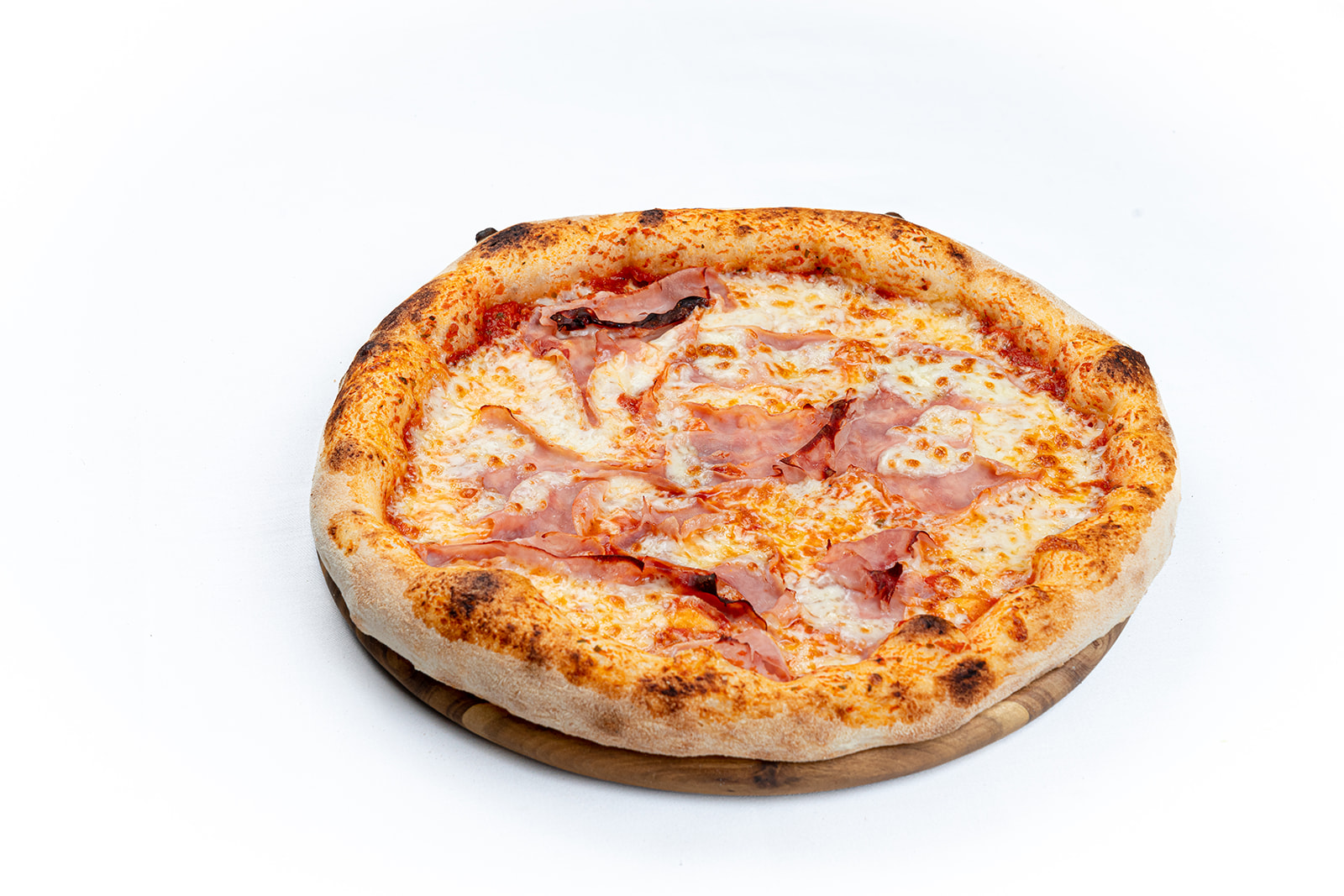
Introduction
Shake Shack, an iconic fast-casual restaurant chain known for its high-quality burgers, shakes, and fries, has gained immense popularity since its inception in 2004. Founded in New York City, Shake Shack has expanded rapidly, becoming a beloved brand across the globe. Its commitment to using fresh, responsibly sourced ingredients and a unique dining experience have played a pivotal role in its success.
Growth and Expansion
Since opening its first location in Madison Square Park, Shake Shack has expanded to over 300 locations worldwide, including the UK, Middle East, and Asia. The company went public in 2015, showcasing its rapid growth and the increasing demand for fast-casual dining experiences. Following an initial public offering, Shake Shack’s stock performance reflected a robust interest in the brand, significantly driven by the rise of the foodie culture and the importance placed on quality fast food.
Menu Highlights
Shake Shack is well-known for its extensive menu featuring signature items like the ShackBurger, Chick’n Shack, and the famous Crinkle-Cut Fries. The restaurant also caters to diverse dietary preferences, offering options like the ‘Shroom Burger and a selection of vegetarian items. Seasonal offerings and limited-time promotions keep the menu exciting and encourage customers to return frequently.
The brand’s shakes are another notable highlight, featuring a variety of classic and innovative flavours, crafted with thick, rich ice cream, guaranteed to enhance any meal experience. The introduction of plant-based menu items has further resonated with consumers who are increasingly focused on sustainability in their food choices.
Community Engagement and Sustainability
Shake Shack is not just about great food; it also prides itself on community engagement and sustainability initiatives. The company sources its ingredients from ethical and sustainable suppliers, and has implemented eco-friendly practices across its locations. From using recycled materials in restaurant design to participating in local community events, Shake Shack strives to make a positive impact in the areas it operates.
Conclusion
As Shake Shack continues to expand, its emphasis on quality, community, and sustainability will remain crucial to its brand identity and growth strategy. The ongoing trends in consumer preferences indicate that Shake Shack’s focus on fresh, responsibly sourced ingredients and engaging dining experiences will keep it relevant in the highly competitive dining market. Looking ahead, Shake Shack is well poised for further expansion and success in the fast-casual sector, promising to delight fans both near and far.
You may also like

The Evolution and Cultural Impact of Pizza

Exploring the Latest Food Trends of 2023
